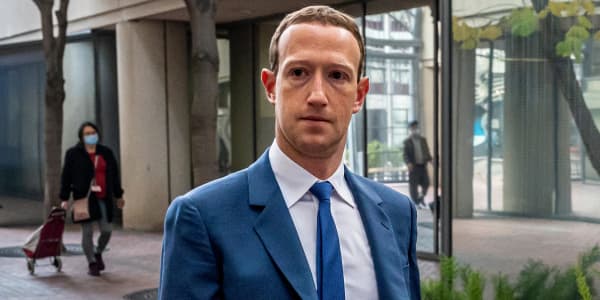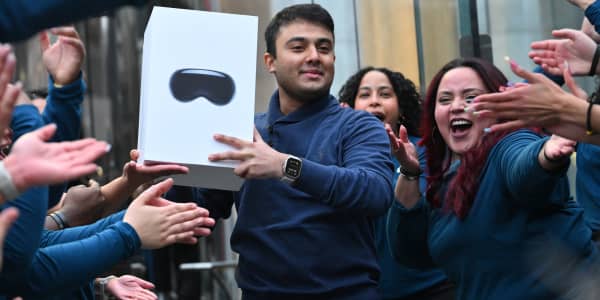Heavy metal singer Ronnie James Dio died from stomach cancer in 2010.
Fast forward seven years, and fans will be able to catch him on tour.
While the singer himself will not personally return to the stage, his hologram will soon embark on the "Dio Returns" world tour. The idea — part of a trend that has brought the likes of Tupac Shakur's and Michael Jackson to the stage — is the brainchild of hologram company Eyellusion, and the singer's widow and former manager, Wendy Dio.
"After several meetings, we agreed to make a hologram of Ronnie, and made a debut at the Wacken Festival in Germany in August 2016," said Dio, who is president of Niji Entertainment Group. "After receiving a great response we decided to tour."
Virtual images of deceased musicians have been used before in live performances, as in the case of Tupac's 2012 appearance at Coachella, 16 years after his death. Yet most of those have been one-off performances.
The "Dio Returns" tour will travel the world and may include as many as 100 dates. That makes it a far more complicated venture than a single festival appearance. If successful, the tour could create a new template for departed artists to return to the concert stage via hologram.
"You're never going to make everyone happy," said Leslie Richin, social media editor at Billboard and Spin. "But if the demand is there, and the approval is there, we will certainly see more holograms touring in the future."
'Incredibly complicated process'
Jeff Brown, a partner in the Chicago office of the Michael Best law firm and a specialist in intellectual property matters, said it may well happen. However, he cautioned that there's more to holographic tours than simply turning on a projector on from city to city.
"If they can get an arena full of ticket buyers putting up metal horns to a Dio hologram, that will be incredible," Brown told CNBC.
However, the legal hurdles can be daunting. When a performer dies, the name, image and likeness rights held while they were alive may or may not still apply, and those rights must be secured. Brown added that if the hologram is created with third party images, it's necessary to acquire those rights as well.
There's also the added legal layers of performance rights, musical composition rights and trademark rights in the individual performer's name.
Eyellusion CEO Jeff Pezzuti explained that the technological hurdles that must be overcome aren't small either. His company is overseen by special effects executive Scott Ross, formerly of Lucasfilm, and co-founder of Digital Domain with "Avatar" director James Cameron.
"We scour archive footage and photos, then build several physical models that can be scanned and animated," he told CNBC.
"The actual display of the hologram involves use of an invisible film that is stretched at an angle with an LED projector, projecting an image onto it to create the 3-D effect and illusion," he explained. "This is an incredibly complicated process."
Pezzuti said other artists, as well as the estates of deceased ones, have approached Eyellusion for similar treatment as album sales dwindle and revenue streams dry up. Yet many live artists are not up for the punishing physical demands of a 100-day world tour — especially older performers.
"Some don't want to tour as extensively, or they want to create unique live music experiences," Pezzuti said, adding that holograms and the use of technology "open up a realm of possibilities" beyond a simple live music show.
Eyellusion is aiming to raise $1.5 million in a first round of venture capital funding. He described the company as being led primarily by music fans, and he sees its overall mission as one of delivering artist legacies to future generations.
"This is an entirely new frontier in live music, and we believe it is the future," Pezzuti said.





